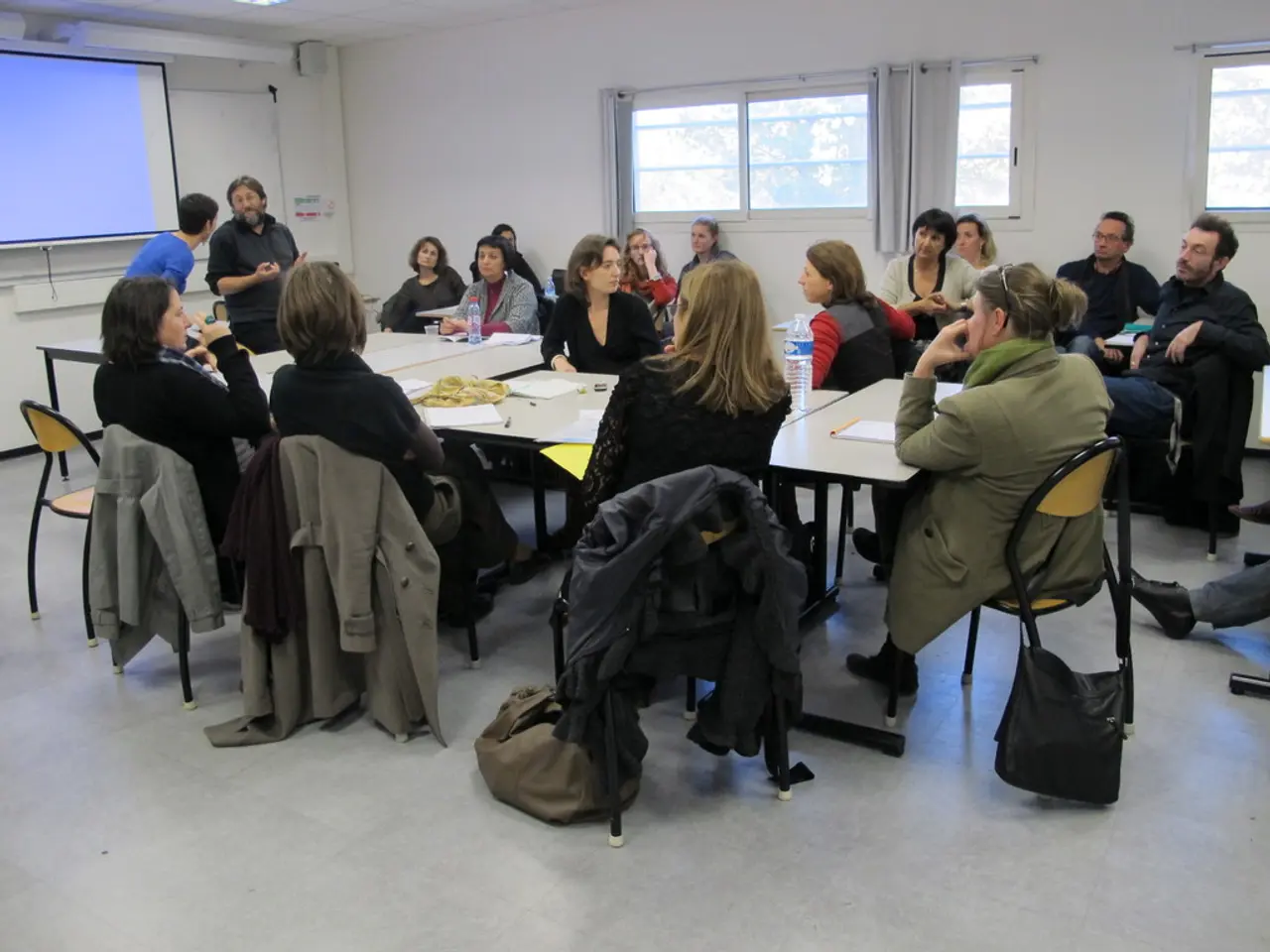Strengthening Communication During Disagreements: Strategies for Post-Fight Reconciliation
In relationships, avoidant communication can create a barrier to emotional intimacy and lead to feelings of frustration and confusion. However, understanding the root causes of avoidant behaviors and employing specific strategies can foster a healthier, more understanding dynamic.
Avoidant partners often distance themselves to manage emotional overwhelm and protect their sense of independence. This is not a personal rejection, but a deeply ingrained coping mechanism rooted in fears of losing themselves in relationships. They may resist or struggle with expressing emotions, sometimes resorting to criticism or withdrawal rather than openly discussing feelings. Criticism directed at their partner is often a reflection of self-criticism rather than a genuine indictment of the partner’s behavior.
Effective communication with an avoidant partner during conflict involves understanding their attachment style, using strategies that minimize pressure, and maintaining clear, respectful boundaries. Here are actionable strategies and tips for fostering constructive dialogue:
1. **Respect Boundaries and Give Space:** Allow your partner time to process emotions without pressure. Reassure them that you support them and are available when they’re ready to talk.
2. **Express Needs Clearly and Softly:** Use “I feel” statements to express your needs and emotions without assigning blame. For example: “I feel loved when we spend quality time together.”
3. **Encourage Emotional Expression:** Create a safe, non-judgmental environment where your partner feels comfortable sharing their feelings. Avoid criticism or judgment, and be responsive when they do open up.
4. **Set Healthy Boundaries:** If your partner is critical or unkind, calmly state your limit: “I will not be talked to like that.” This sets a boundary while modeling assertive communication.
5. **Use Active Listening and Empathy:** Show genuine empathy and listen without interrupting. Acknowledge your partner’s feelings, even if you don’t fully understand them.
6. **Agree on Check-Ins:** If your partner needs space, agree on a reasonable time to check in. This reassures both partners that they are not being abandoned and their needs are respected.
7. **Avoid Guilt-Tripping or Manipulation:** If your partner feels guilt-tripped, gently redirect the conversation to reassert boundaries and clarify intentions.
Building trust and encouraging emotional expression takes time. Be patient and consistent in your supportive behavior to help your partner feel secure. Celebrate small victories when your partner opens up or makes progress, reinforcing positive communication.
The Courageous Communicator, a 90-day online program, offers a new perspective on avoidant communication, understanding it as self-protection rather than rejection, and providing tailored strategies to foster connection and trust. The program includes attachment-based conflict resolution, soft strategies for reconnection, somatic and art therapy techniques, accelerated intimacy scripts, and a comprehensive support system.
By employing these strategies, you can foster a healthier, more understanding relationship dynamic with an avoidant partner, even during conflict. Repairing after a fight requires pausing before reacting and using "soft strategies" to open communication. Rebuilding trust with actions, not words, is crucial for avoidant partners who value consistency and follow-through over grand promises or emotional declarations.
Empathy with attachment triggers can help avoidant partners feel safe and understood, fostering a willingness to engage in repair. The Courageous Communicator program offers a free introductory training to help individuals start their journey toward secure, meaningful relationships. With guided exercises and personalized support, individuals can practice new communication strategies and build emotional resilience.
[1] Courageous Communicator Program (n.d.). Understanding and Overcoming Avoidant Communication Styles. [Online Course Module]. [2] Gottman Institute (2019). The Science of Trust: How to Build, Repair, and Maintain Relationship Trust. New York, NY: Simon & Schuster. [3] Johnson, S.M. (2004). Hold Me Tight: Seven Conversations for a Lifetime of Love. New York, NY: Little, Brown and Company. [4] Johnson, S.M. (2011). Emotionally Focused Couples Therapy: A Clinician's Guide to the Three-Step Process for Change. New York, NY: Guilford Press. [5] Siegel, D.J. (2010). The Mindful Brain: Reflection and Attunement in the Cultivation of Well-Being. New York, NY: W.W. Norton & Company.
- Trauma often underlies avoidant communication behaviors, leading to fearful attachment styles in relationships.
- Emotional intimacy can be a challenge in such relationships, but understanding and addressing these roots can foster connection.
- Shame and self-criticism may cause avoidant partners to resort to criticism or withdrawal instead of openly discussing emotions.
- Building trust in relationships involves listening empathically, understanding attachment triggers, and consistent supportive behavior.
- In therapeutic settings, art and play can provide a safe avenue for expressing emotions and fostering healing.
- Lifestyle changes, including education and self-development, can help individuals build personal growth and emotional resilience.
- Communication strategies, such as respecting boundaries, using "I feel" statements, and agreeing on check-ins, can help bridge those emotional gaps and rebuild trust.
- Intimacy and growth in relationships require a willingness to take risks, like attempting soft strategies for reconnection and somatic therapy techniques.
- Healing and repair in relationships, especially with avoidant partners, require patience, consistency, and action, rather than grand promises or emotional declarations.




